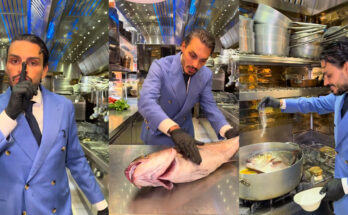
Beneath calm ocean waters lies one of the most powerful yet unseen engines of the global food economy — aquaculture, the farming of fish in floating cages. This modern form of sustainable fishing is transforming coastal communities and fueling a $1 billion global industry.
In massive floating cages anchored offshore, over 2 million fish—from salmon and sea bass to grouper and tilapia—are carefully raised from tiny fingerlings to full-grown market fish. Each cage is a high-tech ecosystem equipped with automated feeders, underwater cameras, and oxygen monitors. Farmers track water quality, growth rates, and health in real-time, ensuring the fish thrive in clean, nutrient-rich environments.
The process begins at hatcheries, where baby fish are bred under controlled conditions. Once mature enough, they are transferred to the sea cages, where they grow for several months to years, depending on species. The fish are fed balanced, protein-rich diets designed to mimic natural feeding habits. When harvested, these farmed fish help meet the world’s skyrocketing demand for seafood without depleting wild fish populations.
Beyond just feeding millions, this industry creates jobs for local fishermen, engineers, and marine scientists, driving innovation in coastal economies from Norway to Vietnam. As wild catches decline, floating cage aquaculture has become essential for food security and environmental balance.
This documentary explores how technology, sustainability, and human dedication come together to shape a revolution in seafood production. From high-tech farms in Asia to export hubs supplying restaurants worldwide, raising millions of fish in floating cages isn’t just about feeding people — it’s about sustaining the future of our oceans and the communities that depend on them.

